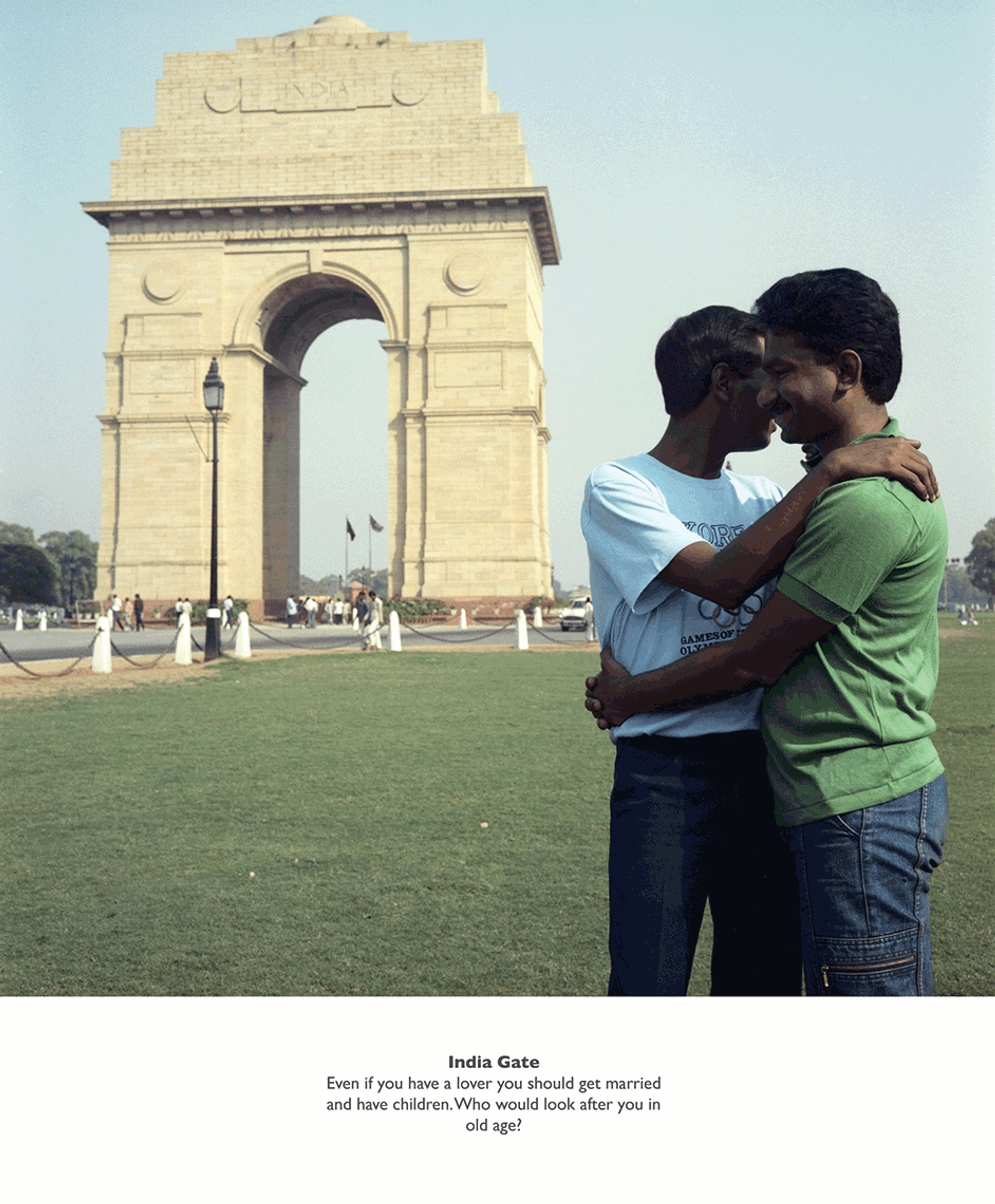In 1975 the Indian republic faced its first constitutional crisis. Sensing a threat to her grip over the government, the prime minister Indira Gandhi suspended civil liberties for 21 months and jailed her adversaries, in a period known as the Emergency. The following two decades saw immense turbulence as well as growth: widespread urbanisation, two prime ministerial assassinations, devastating outbreaks of sectarian conflict and the economic recessions and subsequent liberalisation that ushered India into the global market. Yet the cultural output of this period is much overlooked, so contends a new show, The Imaginary Institution of India: Art 1975-98 at the Barbican Art Gallery in London.
“Most exhibitions on India either focus on the partition of 1947, the Progressives group of the 1950s or jump straight to the 1990s, when Indian artists arrive onto the global stage,” says the curator, Shanay Jhaveri. “The Emergency and the years after are pivotal: disillusionment sets in after a period of post-independence excitement. The larger social ideals of the nation-building project get sidelined for a coalition-based politics that gives greater voice to individual groups. Meanwhile, the blind spots of India’s constitution—failures to fully account for issues of social welfare, caste and gender—become increasingly apparent.”
The show will tell the story of a fast evolving and fracturing nation through more than 100 works by around 30 artists, including Jitish Kallat, Nalini Malani and Sheela Gowda. More than half the pieces are on loan from the Kiran Nadar Museum of Art (KNMA) in New Delhi, India’s foremost private museum, which last year entered into a partnership with the Barbican. (The exhibition will not travel to the KNMA though).
Social concerns
The exhibition, laid out chronologically, will broach four main themes based on pressing social concerns of the period that continue to be relevant today. Communal violence is addressed by artists such as Rummana Hussain, whose floor-based work of broken terracotta pots references the destruction of the Babri Masjid mosque by a Hindu nationalist mob in 1992. Documentation by Sheba Chhachhi of feminist protests and photographs by Sunil Gupta of gay men in New Delhi both tackle gender and sexuality. Gieve Patel’s paintings of urban street life reflect the shifting demographics of India’s swiftly expanding cities. Greater attention given to caste politics and subaltern studies saw an increasing focus on indigenous art practices too, as shown by Savi Sawarkar’s etchings and J. Swaminathan’s adoption of tribal painting.
Disillusionment set in after post-independence excitement
Shanay Jhaveri, curator
As well as works dealing with the historical upheavel of the Emergency—by the likes of Gulamohammed Sheikh and Navjot Altaf—there are also examples of intimate moments taking place amid the turmoil, such as Bhupen Khakhar’s masterpiece Two Men in Benares (1982), depicting two naked men in embrace. This is to give viewers a fuller, human sense of living through this era, Jhaveri says, an impulse that also informs the exhibition design, made in collaboration with Apparata architecture studio. The design takes inspiration from the architects of the time and resembles a social housing complex in the process of being built. On the lower level, “verandah-like structures” will be laid out in a “haphazard manner”, Jhaveri says, which is reflective of the fact that “recent urban development on the subcontinent rarely follows logic”.

Sunil Gupta’s photograph India Gate (1987), from the artist’s Exiles series
© Sunil Gupta. Courtesy the artist and Hales London and New York
Beyond shining a light on the events of this era, the show will develop an argument around the aesthetic change in art production during the period, in which artists were initially committed to figurative painting in the 1970s and 80s before shifting to installation-based practices in the 1990s—in a manner that does not mirror their Western contemporaries, Jhaveri says.
The exhibition will end with the 1998 Pokhran nuclear tests—a sign of how the ideals of non-violence espoused by the nation’s forefathers had come undone. Decades later, much of India’s issues can still be traced back to the period. For example, India’s far-right ruling party, the BJP, was founded in 1980.
With its economic indicators on the up, India is still seen as a symbol of growth and a vibrant democracy—even as fundamentalist politics, rabid nationalism and staggering wealth inequality become more entrenched, threatening secular and cosmopolitan ideals. In a catalogue essay for the show, the art historian Rattanamol Singh Johal writes about how the planning of the show has unfolded concurrently with the right wing’s growing electoral power and social appeal. “It is my hope,” he says, “that sharing and analysing these artists’ committed critiques and formal inventiveness, in the face of the political and social exigencies of the 1970s, 80s and 90s, will offer insights, prevent cynicism, and provide strategies for the current moment.”
• The Imaginary Institution of India: Art 1975-98, Barbican Art Gallery, London, 5 October-5 January 2025


